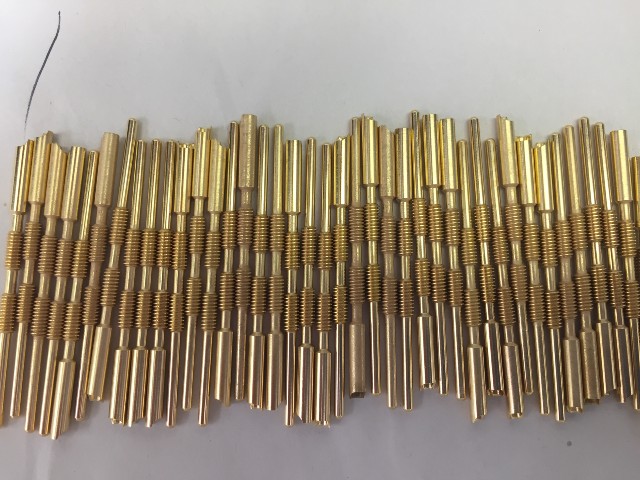This is Sheffield Platers third blog of 2022. Today we wanted to bring you another post on one of Sheffield’s core processes, Gold Plating.
What is Gold Plating?
Gold plating is a method of depositing a chosen thickness of gold onto the surface of another metal. Gold plating has excellent electrical and thermal conductivity, it also offers exceptional solderability and is a superb reflector of infrared radiation.
There are five recognized classes of gold plating chemistry:
- Alkaline gold cyanide, for gold and gold alloy plating
- Neutral gold cyanide, for high-purity plating
- Acid gold plating for bright hard gold and gold alloy plating
- Non-cyanide, generally sulfide or chloride-based for gold and gold alloy plating
- Miscellaneous – Decorative
Gold plating is often used in electronics, to provide a corrosion-resistant electrically conductive layer on copper, typically in electrical connectors.
With direct gold-on-copper plating, the copper atoms tend to diffuse through the gold layer, causing tarnishing of its surface and formation of an oxide and/or sulfide Because of this ability to diffuse through the gold, a layer of a suitable barrier metal, usually nickel, is often deposited on the copper substrate before the gold plating. The layer of nickel provides mechanical backing for the gold layer, improving its wear resistance. It also reduces the impact of pores present in the gold layer.
“Sheffield Platers GOLD plating is widely used for engineering applications, predominately for its electrical properties.”
Both the nickel and gold layers can be plated by electrolytic or electroless There are many factors to consider in the selection of either electrolytic or electroless plating methods. These include what the deposit will be used for, the configuration of the part, materials compatibility, and cost of processing. In different applications, electrolytic or electroless plating can have cost advantages.
Soft, pure gold plating is used in the semiconductor industry. This gold layer is easily soldered, and wire bonded. Its Knoop hardness ranges between 60 and 85. This low hardness allows for wire bonding, (An insertion of an aluminum wire into the gold-plated pad) The plating baths have to be kept free of contamination.
Bright hard gold is used on contacts or connectors that may need to be inserted or removed or time. The Knoop hardness of this deposit is between 120–300. This hardness value allows these plated objects to have longer wear, meaning less repair and downtime of the plated component. The purity of these baths’ ranges from 99.7–99.9% gold to achieve these hardness levels, these chemistries often contain a small amount of nickel and/or cobalt as brightening and/or hardening agents. These elements interfere with die/wire bonding; therefore, the plating baths cannot be used for semiconductors.
Sheffield Platers GOLD plating is widely used for engineering applications, predominately for its electrical properties, and where good corrosion resistance, excellent solderability, or high tarnish resistance is needed. From prototyping and PPAP qualification to full production processing, our goal is to exceed your quality expectations. We currently serve the electronic, microwave, satellite, medical, and connector sectors and many areas of commercial, military, and aerospace manufacturing.
Please reach out to Sheffield Platers for your Gold Plating or any other metal finishing needs.




